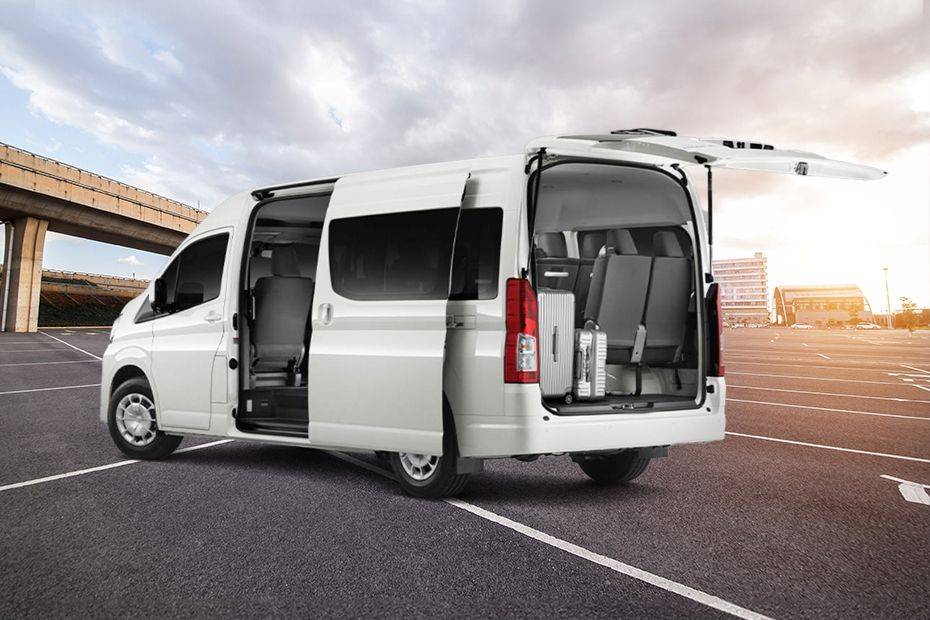As climate concerns grow and fuel prices fluctuate, vehicle owners are paying closer attention to fuel consumption—not just for cost savings, but also for environmental impact. If you're considering a Toyota Hiace for work or travel, you might be wondering: how does Toyota Hiace fuel consumption measure up when it comes to eco-friendliness?
Let’s take a deeper look at how the Hiace performs in terms of emissions, efficiency, and sustainability—and how you can reduce your carbon footprint even further.

Fuel Economy by the Numbers
The Toyota Hiace is available in several engine variants, each with its own fuel efficiency profile. Here’s how they typically perform:
| Engine | Fuel Type | Average Consumption (L/100km) | CO₂ Emissions (g/km)* |
|---|---|---|---|
| 2.8L Turbo Diesel | Diesel | 7.5 – 9.0 | ~200 g/km |
| 2.5L/3.0L Diesel | Diesel | 9.0 – 10.5 | ~230 g/km |
| 2.7L Petrol | Petrol | 11.0 – 13.0 | ~270 g/km |
*CO₂ figures are estimates and may vary based on driving conditions and model year.
As seen above, the newer 2.8L diesel engine is the most eco-efficient in the Hiace range, delivering both power and relatively lower emissions compared to older or petrol-powered models.
How Toyota Is Improving Fuel Efficiency
Toyota has taken steps to improve the Hiace’s environmental footprint in recent years:
-
Better aerodynamics in new body shapes
-
Refined turbo diesel engines with higher efficiency
-
Start-stop systems (in some markets) to cut idling emissions
-
Optimized gear ratios for smoother engine performance
These enhancements help reduce fuel burn, especially during urban driving or under heavy loads.
Eco-Tips for Reducing Your Hiace’s Fuel Consumption
No matter which model you own, you can lower your van’s environmental impact by adjusting how you drive and maintain it:
-
Avoid unnecessary idling
-
Stick to service intervals for filters, fluids, and engine checks
-
Keep tires properly inflated to reduce rolling resistance
-
Lighten your load—extra weight increases fuel use
-
Drive smoothly with gentle acceleration and braking
By following these habits, you can reduce fuel consumption by up to 15%—which is not only better for your wallet, but also for the planet.
Conclusion: A Practical, Greener Choice
While it’s not a hybrid or EV, the Toyota Hiace fuel consumption is surprisingly competitive—especially in newer diesel models. With good driving habits and proper maintenance, the Hiace offers a balance of performance, reliability, and reduced environmental impact for those who need a serious workhorse without compromising their values.
If you’re eco-minded but still need space, power, and durability, the Toyota Hiace remains a smart, responsible choice.
Comments on “Toyota Hiace Fuel Consumption: What It Means for the Environment”